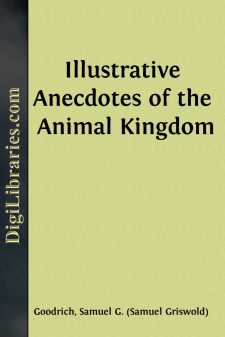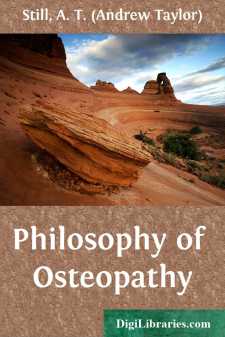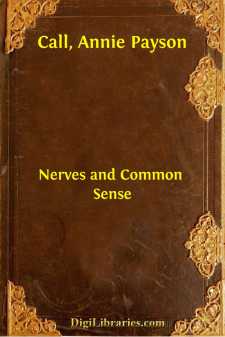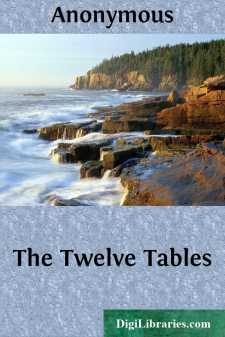Categories
- Antiques & Collectibles 13
- Architecture 36
- Art 48
- Bibles 22
- Biography & Autobiography 813
- Body, Mind & Spirit 142
- Business & Economics 28
- Children's Books 17
- Children's Fiction 14
- Computers 4
- Cooking 94
- Crafts & Hobbies 4
- Drama 346
- Education 46
- Family & Relationships 57
- Fiction 11829
- Games 19
- Gardening 17
- Health & Fitness 34
- History 1377
- House & Home 1
- Humor 147
- Juvenile Fiction 1873
- Juvenile Nonfiction 202
- Language Arts & Disciplines 88
- Law 16
- Literary Collections 686
- Literary Criticism 179
- Mathematics 13
- Medical 41
- Music 40
- Nature 179
- Non-Classifiable 1768
- Performing Arts 7
- Periodicals 1453
- Philosophy 64
- Photography 2
- Poetry 896
- Political Science 203
- Psychology 42
- Reference 154
- Religion 513
- Science 126
- Self-Help 84
- Social Science 81
- Sports & Recreation 34
- Study Aids 3
- Technology & Engineering 59
- Transportation 23
- Travel 463
- True Crime 29
Red Hunters And the Animal People
Description:
Excerpt
Foreword
"And who is the grandfather of these silent people? Is it not the Great Mystery? For they know the laws of their life so well! They must have for their Maker our Maker. Then they are our brothers!"
Thus spoke one of the philosophers and orators of the Red men.
It is no wonder that the Indian held the animals to be his brothers. In his simple mind he regards the killing of certain of them for his sustenance to be an institution of the "Great Mystery." Therefore he kills them only as necessity and the exigencies of life demand, and not wantonly. He regards the spirit of the animal as a mystery belonging to the "Great Mystery," and very often after taking its life he pays due homage to its spirit. In many of the Dakota legends it appeared that such and such an animal came and offered itself as a sacrifice to save the Red man from starvation.
It was formerly held by him that the spirits of animals may communicate important messages to man. The wild hunter often refused during the remainder of his life to kill certain animals, after he had once become acquainted with their spirit or inner life. Many a hunter has absented himself for days and nights from his camp in pursuit of this knowledge. He considered it sacrilege to learn the secrets of an animal and then use this knowledge against him. If you wish to know his secrets you must show him that you are sincere, your spirit and his spirit must meet on common ground, and that is impossible until you have abandoned for the time being your habitation, your weapons, and all thoughts of the chase, and entered into perfect accord with the wild creatures. Such were some of the most sacred beliefs of the Red man, which led him to follow the trails of the animal people into seclusion and the wildest recesses of the woods and mountains.
Observations made for the purposes of the hunt are entirely distinct from this, the "spirit hunt," and include only the outward habits and noticeable actions of the game.
The stories contained in this book are based upon the common experiences and observations of the Red hunter. The main incidents in all of them, even those which are unusual and might appear incredible to the white man, are actually current among the Sioux and deemed by them worthy of belief.
When the life-story of an animal is given, the experiences described are typical and characteristic of its kind. Here and there the fables, songs, and superstitious fancies of the Indian are brought in to suggest his habit of mind and manner of regarding the four-footed tribes.
The scene of the stories is laid in the great Northwest, the ancient home of the Dakota or Sioux nation, my people. The Great Pipestone Quarry, Eagle's Nest Butte, the Little Rosebud River, and all the other places described under their real names are real and familiar features of that country, which now lies mainly within the States of Minnesota and the Dakotas. The time is before 1870, when the buffalo and other large game still roamed the wilderness and the Red men lived the life I knew as a boy....












